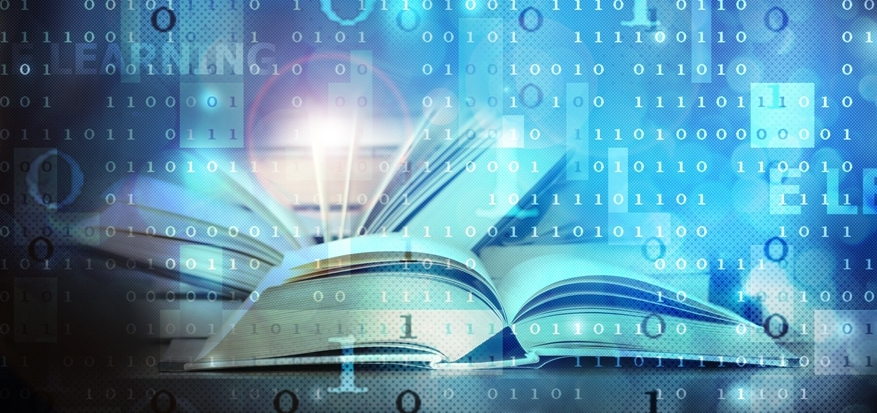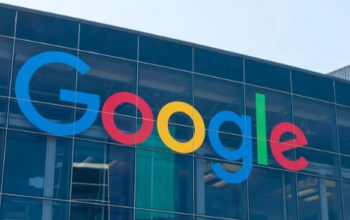
Examples of Technology in Education, is a study or practice that facilitates the process of teaching and learning activities in order to improve performance by creating, using and managing processes from adequate technology, be it technology in the form of hardware or software.
In the world of education itself, especially education abroad, many technology-based learning models have been introduced such as Computer Based Education (CBE), Computer Assisted Instruction (CAI) , WBT (Web-Based Training), Desktop Video Conferencing and so on, all of which of course take advantage Examples of Technology in Education.
Benefits Of Technology In Education
1. If used properly, technology will help prepare students for their future careers, which will inevitably include the use of technology.
2. Integrating technology into the classroom is a great way to achieve diversity in the teaching and learning process.
3. Students can have access to digital textbooks that are continuously provided, this will be easy, efficient and much cheaper than having to buy books in physical form.

Examples Of Use Of Technology In Education
1. COMPUTER BASED LEARNING
Everyone, of course, knows what a computer is. In the field of education, the introduction of technology is very important, because there are so many benefits that computers can provide. such as to manage writing files and so on. At a higher level, computers or laptops can be used for work, be it in the fields of design, art, music, etc.
There are many computer-based learning models, including Computer Based Instruction (CBI). Computer Assisted Instruction (CAI), ICT, Computer Based Training (CBT) and Computer Based Education (CBE).
2. E-LEARNING
E-learning is a learning system that utilizes computer and internet technology as learning media. students can access subject matter in the form of videos, images, text or sound anywhere without having to meet face-to-face with the teacher. Such a system is of course owned by leading universities in Indonesia.
Content enrichment such as materials that students can download, online exams or student assessment systems, etc. in the form of a website. E-learning learning systems generally do not replace conventional learning models in the classroom, but only as a supporter of student teaching and learning activities and provide convenience for teachers in conveying information to their students.
3. BLENDED LEARNING
Blended learning is a learning method that mixes face-to-face meetings between teachers and students online. without limited distance.
The teacher will provide the material in real time via phone conference, video conference or online chat. they can give each other feedback in the form of questions, answers or statements.
4. DIGITAL LIBRARY
According to the Association of Research Libraries (ARL), the purpose of digital libraries is to provide a smooth, systematic development process by storing, collecting, and organizing knowledge and information in digital formats.
Students can access books in digital form and study them, without having to come to the library directly or having to buy books in physical form. Of course this is advantageous because students can study anywhere and anytime.
5. USE OF KBM SUPPORT TOOLS
The teaching and learning process does not only teach teaching materials orally. But you can also use videos, pictures or materials created using a computer or laptop. Then it is displayed again using technology in the form of a projector so that the object is bigger and can be seen by all students.
Because technology continues to develop, the world of education should follow the development of this technology. So that there is good synchronization between students when they return to their environment or face the world of work.


